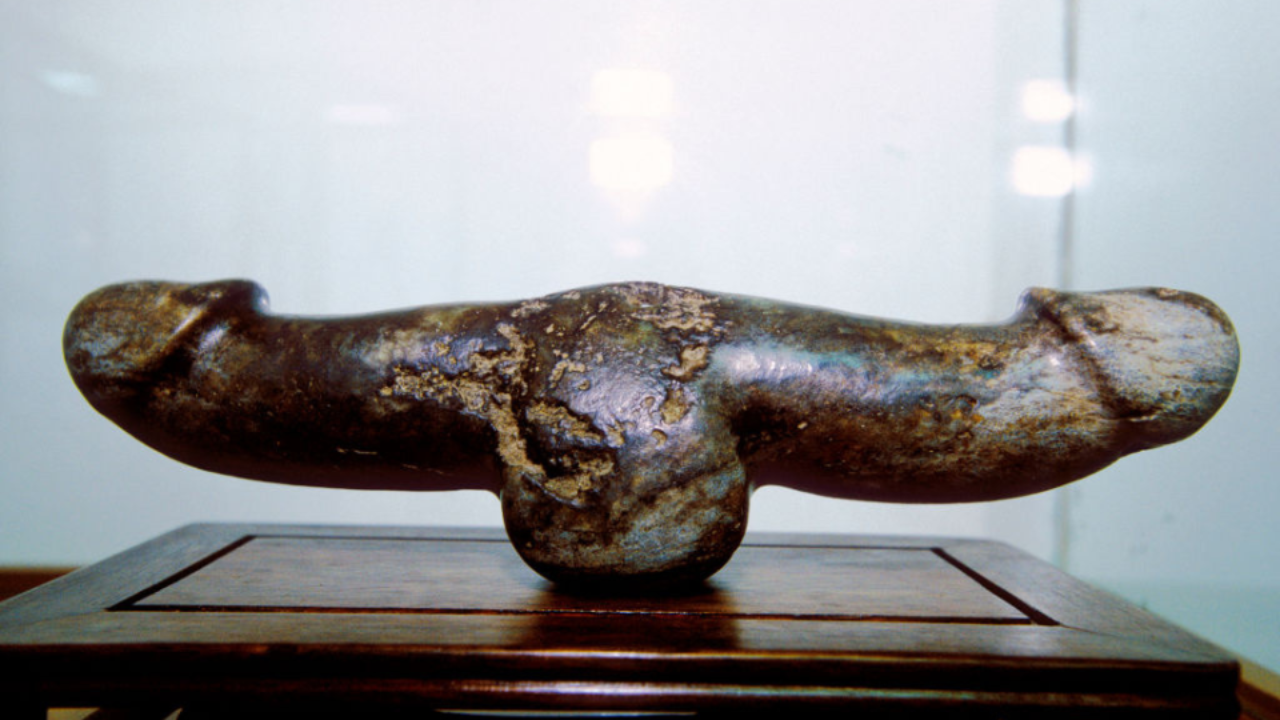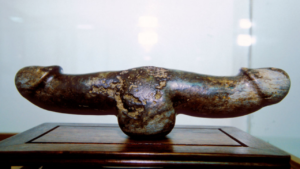Sex Toy History – Archaeologists have long known ancient Romans were into phallic imagery. The male member appears again and again in artwork, as decorations and as good luck charms. One particular life-size wood phallus caught the eye of archaeologists, who questioned its initial classification as a darning tool.
In a statement on Monday, University College Dublin suggested the phallus might be the “oldest Roman sex toy” ever found.
The wood phallus, found near Hadrian’s Wall, measures in at 6.3 inches (16 centimeters) in length.
Vindolanda Trust
The wood artifact is 6.3 inches (16 centimeters) long and dates back almost 2,000 years. It was found in a ditch at the Roman fort site of Vindolanda in England in 1992, but scientists recently reassessed it. The object — carved from an ash tree — was in the company of shoes, dress accessories and small tools, leading to the idea it was a darning tool of some kind.
A team of researchers from University College Dublin and Newcastle University published a study in the journal Antiquity on Monday, offering three possible ways the wood penis might have been used. One leading contender is that it was employed as a sexual implement.
The artifact has a smooth surface and distinctive wear patterns on the ends. It shows signs of having been frequently handled. The object’s characteristics could also be consistent with its use as a pestle for grinding food ingredients or medicinal materials. Another option is that it might have been attached to a statue or building, inviting passersby to touch it for good luck.
The researchers acknowledged the ambiguous nature of the wood penis and say that talk of ancient dildos might make modern audiences uncomfortable. “Nonetheless, we should be prepared to accept the presence of dildos and the manifestation of sexual practices in the material culture of the past,” the authors wrote.
The phallus is on display at the UK’s Vindolanda museum. It may be open to interpretation, but it reinforces just how commonplace phallic imagery was in Roman Britain.








Leave A Comment